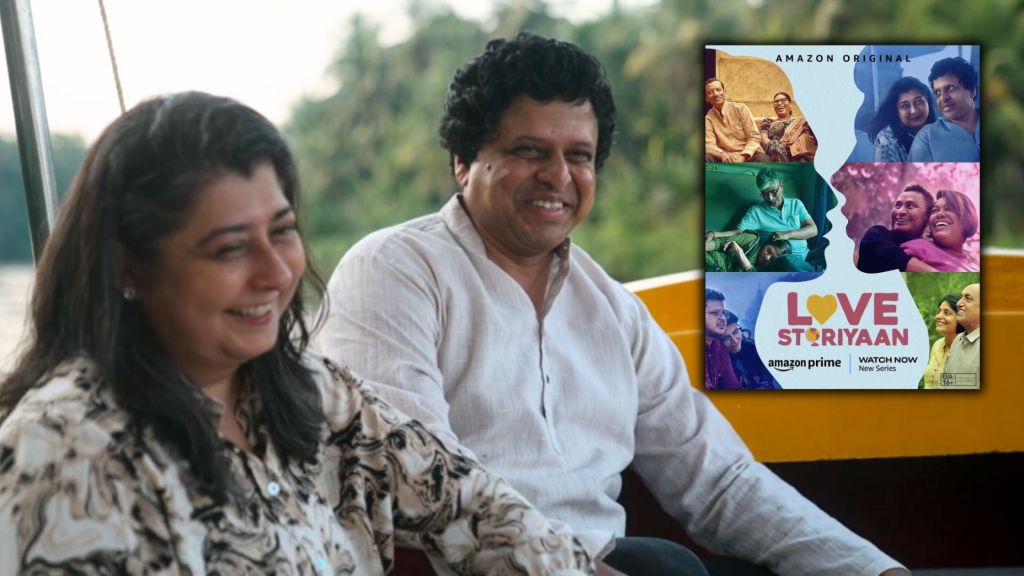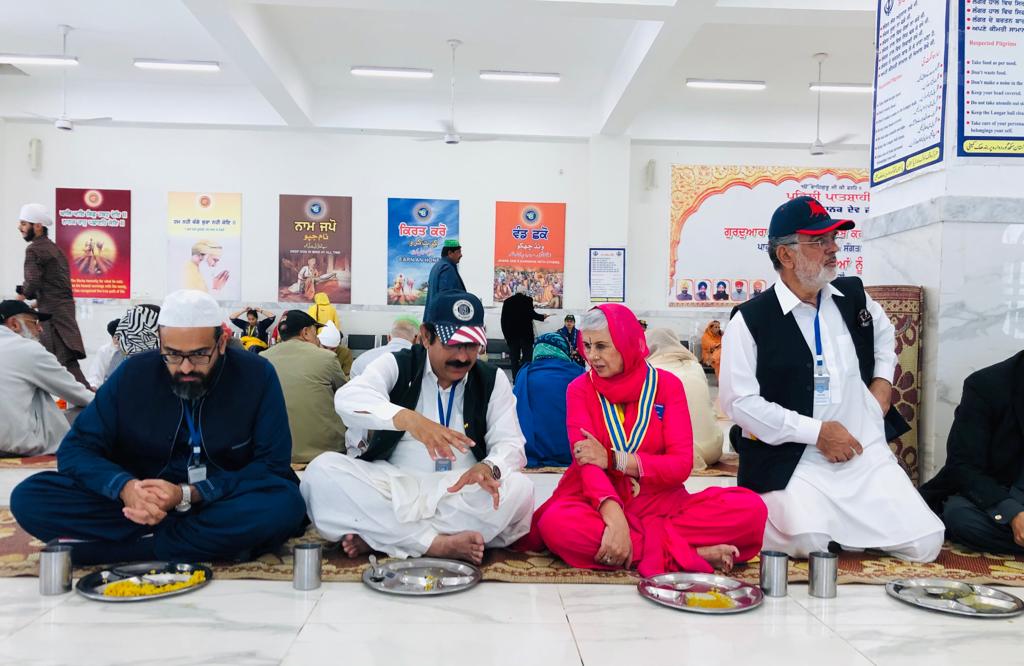Fabindia store
At Mumbai’s domestic airport, a reflexology parlour – which offers 30-minute foot massages for Rs 950 – employs visually impaired masseurs from lower-income backgrounds. They make their way around using a chair-numbering system, use a speaking clock to keep track of massage time, and converse in polite English – clueless symbols of the chaotic junction where indulgence and indigence converge in the city.
Mumbai is no stranger to luxury goods and services, just as it carries the dubious distinction of being the most unequal city in the world. According to a recent housing index compiled using 63 markets by Knight Frank and income estimates of the US Central Intelligence Agency for purchasing-power parity in 2011, a 100-square metre luxury residence in Mumbai costs about USD 1.14 million, which would take an average Indian over three centuries to earn. In comparison, the average Moscow resident needs 144 years of income to buy an upmarket apartment in his or her own city, Singaporeans only 43.
Given the absurd polarity in disposable income in our society, luxury and poverty make for strange bedfellows. There’s the Rs 3.69-crore Lamborghini riding alongside the Rs 1.5-lakh Nano. There’s a Hublot watch that’s worth four middle-class apartments in Ghaziabad. There’s the Riva super-yacht that would cost more than an entire Madhya Pradesh village’s electric supply for a decade. There’s a 14-course, Rs 20,000 per head meal in a Delhi restaurant that would make any Vidarbha farmer wonder if he was on another planet.
And yet, despite the seeming injustice, luxury can and does lend a hand in generating jobs and creating equal opportunity. Ironically, the very exclusivity that helps luxury goods and services demand a premium price becomes an inclusive exercise for a society in the long-term.
Indian fashion is an obvious case in point. Wife of Nidhipati Singhania of JK Industries, Vidhi Singhania was driven to give traditional handcrafted textiles a luxury label – “We’re so brand conscious, even Hermes could sell us a sari,” she says wryly. Having mobilised communities of weavers, tailors and embroiderers from Kotah, Rajasthan, and Varanasi, UP, she offers design inputs and innovative techniques in return for export-worthy quality of finished garments for her posh Delhi store. Award-winning textile exponent Pranavi Kapur has also worked tirelessly to keep khadi alive in remote village communities of northern India and trendy in the city. Despite the occasional tale of designers misusing the rural craftsperson’s desperation, there are many others genuinely interested in creating a win-win situation.
Mass-premium lifestyle stores like William Bissell’s Fabindia and Neelam Chibber’s Mother Earth have already exemplified how well-directed entrepreneur canny can connect disempowered rural labour with quality-conscious city shoppers. With the luxury market, the link only gets more extensive. Besides the first-point producers, there are the distributor-partners in high-end malls, scores of sales staff, supplementary services such as chauffeur-driven after-sales support, consultants to manage our government’s infamous mood swings, and an army of public relations professionals to ensure media coverage. There are magazines like mine driven by luxury advertisers looking to woo India’s growing list of high-net-worth individuals, and extraordinary opportunities for small and medium businesses to create a luxury environment for those who aspire to superior, branded services. Think private concierge subscriptions like Quintessentially, five-star movie halls that serve chardonnay like PVR Director’s Cut, and websites that offer golf and whisky tours to discerning Indians such as Excluzen.com. The target consumers are basically a group of a few hundred thousand patrons, yes. But boy do they have a lot of money between them – enough to keep the entire luxury economy growing at 20% annually, and lakhs of salary accounts ringing.
According to Abhay Gupta, founder promoter and CEO of Luxury Connect, the Indian luxury products and services segment will require roughly 1.76 million employees by 2022. And yet, a research report by his consultancy found that existing manpower lacks the finesse so required when dealing with million-dollar goods and individuals. The company recently launched its education wing in partnership with the Italian SDA Bocconi School of Management and luxury guru Jean Claude Roustant, ex-LVMH training director. Their executive programmes include workshops on luxury brand management, luxury retail operations, luxury visual merchandising, and so on.
At a high-end nature resort called Tree House 30 kilometres from Jaipur, 18 rooms have been created on trees; yet they are air-conditioned and offer all the amenities that the Delhi and Jaipur elite are used to – from a landscaped pool to a pricey spa. Significantly, most of the 50 to 60 employees have been hired from the neighbouring villages of Chakcharanvas and Achrol, an investment that won Tree House the Gram Bandhu award for rural empowerment. Besides training and offering these former farmers a regular income, the owners have also ensured low attrition rates and a loyal workforce that’s personally invested in the project. “Our bartender used to be a shepherd financially dependent on weather patterns,” says vice president Anvita Mehta. “Now he takes home a fixed Rs 10,000 a month plus tips, and makes the best Bloody Marys in town.”
No matter how incongruous luxury appears in a developing world, the biggest draw in its favour is that it ignites hope and aspiration. There’s no excuse for abject inequality and injustice in any part of a democratic republic. But when it comes to the overall uplift of a society, the luxury industry is not the enemy; it’s often the opportunity.
First published in The Economic Times









Leave a comment